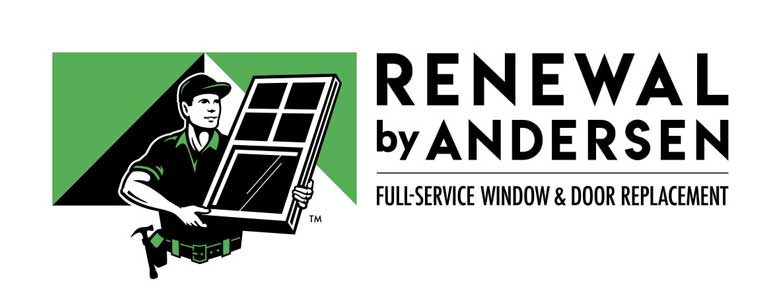A staple in Victorian architecture, bay and bow are windows that protrude from your home, forming a curved shape. These units may appear to be the same, but they actually have some slight differences. Bays are more angular in appearance, consisting of a central window and two side units. Bows, on the other hand, have four or more windows joined together to form an arc.
Remarkable Window Option for Victorian Homes
These windows are both a good fit for Victorian architecture, although bow windows are favored for their graceful shape. A Victorian home typically has ornate trim, a vibrant color scheme, and makes use of different textured surfaces, balconies, and porches. Victorian architecture puts more stock on beauty than on function, but the mix of these design elements come together to form a harmonic whole. Bay and bow windows contribute nicely to the asymmetry and the eclectic details typical of Victorian homes.
You can customize your bay and bow windows with a trim color that best matches your Victorian home’s existing palette. If the exterior leans toward pastel colors like robin’s egg and peach, choose white to better accentuate the windows. Does the home favor earthy colors like green and brown? Incorporate wood finishes into the trim to add more warmth and vitality.
On the More Practical Side
Bay and bow windows feature a deep sill area, providing your home with extra square footage. This can be used in a number of ways. You can turn this into a breakfast nook–the curved shape allows for comfortable seating that you can place a nice table in front of. This results in a light-filled, enjoyable space for meals with your family.
You can also use this deep sill as a reading lounge. Invest in a good cushion and pillows, build a bench and install shelves underneath for your favorite reading materials. These windows let in considerable natural light from different angles, which can help you cut back on your lighting bills. You can also install operable units like casement or double hung windows on the sides to benefit from better natural ventilation.
Once you take into account how the right window style can match specific architecture, choosing curb appeal-boosting replacement units should be easier. You can also consult a premier window contractor in your area to help you with the aesthetic factors of your window replacement.








